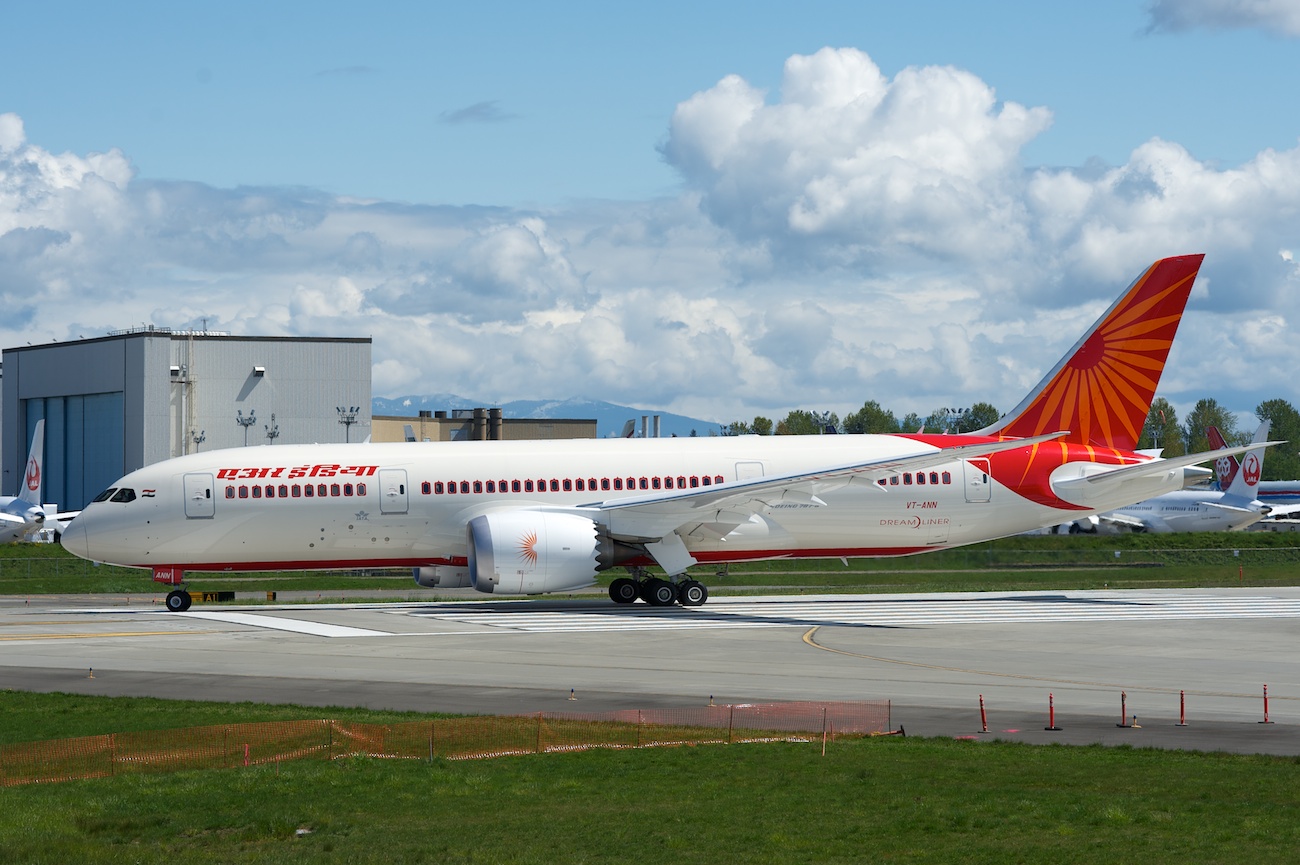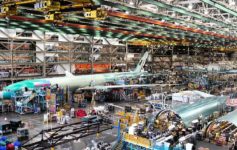
If you can’t sell it, you might as well pour $330 million more tax dollars into it, right? That’s the new plan for Air India.
Prime Minister Narendra Modi has asked Parliament for 23 billion rupees ($330 million USD) to “turn Air India profitable” once again. This comes after the Modi government tried and failed to privatize Air India earlier this year. I mean, who could turn down the chance to buy an airline carrying over $8 billion in debt that has not been profitable for more than a decade? Especially because the new owners will find all sorts of burdensome regulatory strings attached that will seek to keep entrenched interests satisfied while magically turning an inefficient airline into an efficient one.
How will India now make Air India profitable? The government has a four-part plan:
- a financial package
- a branding refresh
- organizational and governance reforms
- a plan to motivate staff
That’s according to Jayant Sinha, a junior Aviation Minister. How will staff be motivated? Who knows. How will the brand be refreshed? More new seats covers perhaps, like earlier this year?
The bottom line is simple: India will never let Air India go and will do whatever it takes to keep the carrier afloat.
Where is the outrage from Delta CEO Ed Bastian? Delta announced resumption of service to Mumbai starting next year. Will it now complain about this bailout that actually does hurt Delta’s chances of viability on its India route? He’s too busy tilting at windmills in Qatar…
CONCLUSION
The best way for the government to market Air India is to make international connections easier in Delhi and Mumbai and point out how much roomier economy class is on Air India than most of its competition. Expand the visa on arrival program and introduce some sort of stopover program in India as its Gulf competitors offers. That’s my two cents. But the Indian government’s plan to suddenly turn the airline profitable through four vague metrics and more cash is just laughable.
image: BriYYZ / Flickr (CC 2.0)




Your suggestion about marketing the roomier economy economy class and making Delhi and Mumbai international hubs are good suggestions. Air India also needs some autonomy to manage its workforce and costs which is likely not going to happen. I hope the right set of people in the government read your suggestions. They are actionable, reasonable, measurable, and inexpensive.
The plan for Air India from their government is just like the Italian plan for Alitalia.
Perhaps they use the same management consultants?
Air India’s financial problems stem from overstaffing caused by over empowered unions the means the airline to be primarily run to provide employment for many, many people. The government’s plan appears to be to provide life support until attrition via retirement brings headcount down to more acceptable numbers. There’s actually a bright future some time from now if management and staffing can be brought into line with industry standard practices.
I do not think making Mumbai or Delhi hubs (as amazing as both Airports’ new terminals are) is a realistic path to success in the future. They’re not really ideally located to serve as international hubs in the same way say Dubai or London are. The biggest opportunity is really in point to point travel between North American, European and Australian cities to Indian cities. The ME3 carry enormous amounts of Indian travelers every day to many destinations in India from many cities across the world. A network that provides non stop flights from cities like San Francisco, Dallas, Chicago, Houston, Seattle, Birmingham, Manchester and Sydney to cities like Bangalore, Hyderabad, Chennai and Calcutta say 3 times a week in addition to the daily NYC/LHR-DEL/BOM staples stands a good chance of capturing a large chunk of the ME3’s bread and butter. Connecting through Delhi or Mumbai won’t do – you are essentially providing the same one stop product as the ME3 with a less convenient domestic connection within India. Start serving these second tier cities though and suddenly you’re offering a non stop 15-16 hour option instead of a one stop 22-24 hour option via Europe or the Middle East for an enormous market that travels the route regularly. You’d need to invest in a large fleet of B789s and/or A359s to optimize economics but without the ball and chain of the unions weighing you down, anything becomes possible.